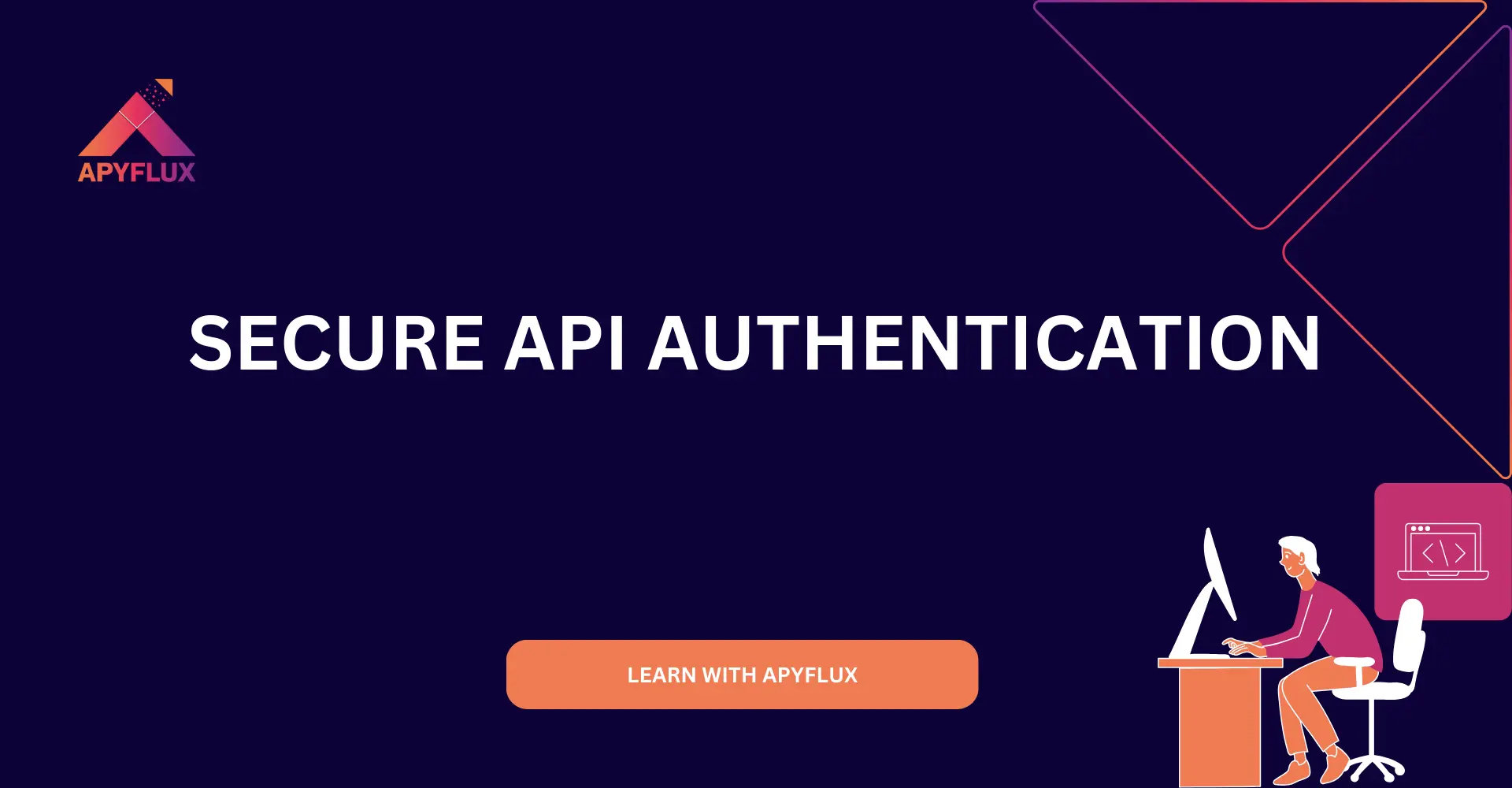
The modern digital ecosystem demands secure and reliable data exchanges. When an application communicates with a server via an API, it must ensure that only authorized users gain access. This is where API authentication plays a pivotal role. Traditional authentication methods often fall short, leading to vulnerabilities. Enter OAuth 2 - a flexible and powerful framework that redefines how applications secure their APIs. Leveraging the OAuth 2.0 authorization code flow not only enhances security but also seamlessly integrates with your API management processes, ultimately fulfilling critical API security best practices.
Securing APIs is more than just a technical necessity- it’s fundamental to maintaining trust and safeguarding sensitive data. API authentication verifies the identity of clients accessing your services, ensuring that only authorized entities communicate with your systems.
In an era where cyber threats are evolving rapidly, adhering to API security best practices is non-negotiable. For many organizations, OAuth 2 has become synonymous with secure, modern API authentication, providing an elegant solution that simplifies credential management and minimizes risk.
Every digital transaction today depends on strong API authentication methods. As developers implement OAuth 2, they not only prevent unauthorized access but also lay a robust foundation for comprehensive API management. With these techniques, even if an attacker intercepts a request, they are thwarted by the stringent security measures built into the system. Embracing OAuth 2 is a proactive way to ensure that your applications remain secure and complement with leading API Security best practices.
OAuth 2 is an authorization framework that allows applications to obtain limited access to user accounts on an HTTP service. It evolved from OAuth 1.0, addressing many of its limitations and introducing a more flexible, streamlined approach to authorization. OAuth 2 has become a cornerstone in modern API management due to its versatility and security features. It enables third-party applications to access user resources without exposing credentials, ensuring that user data remains secure. By adhering to API security best practices, OAuth 2 helps organizations protect their APIs and manage access efficiently.
The OAuth 2.0 authorization code flow is a fundamental mechanism for securing API authentication. Here’s a step-by-step explanation of the process:
The advantages of this flow include enhanced security, as the access token is exchanged server-to-server, reducing the risk of exposure. Visual aids, such as flow diagrams, can help illustrate this process for better understanding.
Integrating OAuth 2 into your system can be a transformative step towards achieving robust API authentication. Here’s how you can implement it:
By following these steps, you create a system where OAuth 2 and the OAuth 2.0 authorization code flow form the backbone of secure API authentication. This integrated approach significantly enhances your overall API management strategy, ensuring that every connection adheres to rigorous API security best practices.
API management platforms, such as Azure API management to Google Cloud Endpoints, provide robust support for OAuth 2 integration. There tools offer feature like:
Tips for smooth integration include thoroughly testing the OAuth 2 flow, using built-in security features, and continuously monitoring API usage to identify and addess potential threats.
To ensure robust API security, consider the following best practices:
The combined power of OAuth 2, the OAuth 2.0 authorization code flow, and modern API management ensures a secure and efficient API ecosystem.
Several organizations have successfully implemented OAuth 2 to enhance API security:
These case studies highlight the challenges faced, such as managing user consent and handling token expiration, and the benefits realized, including improved security and streamlined access management.
In conclusion, adopting OAuth 2 and the OAuth 2.0 authorization code flow is essential for securing API authentication in modern applications. These frameworks not only protect sensitive data but also streamline API management and enhance user experience. It’s crucial for organizing to continuously review and improve their API authentication methods, adhering to API security best practices. By leveraging robust solutions like OAuth 2 and employing comprehensive API management tools, businesses can safeguard their digital ecosystems and ensure secure, reliable connections.
The future of secure digital communication is here - are you ready to lead the charge?
Hi there!
Let's help you find right APIs!